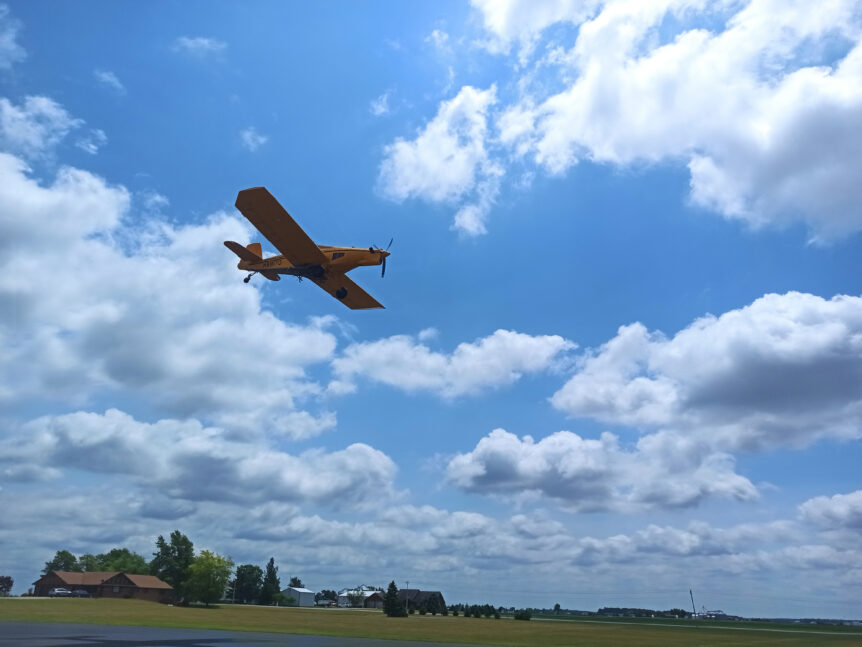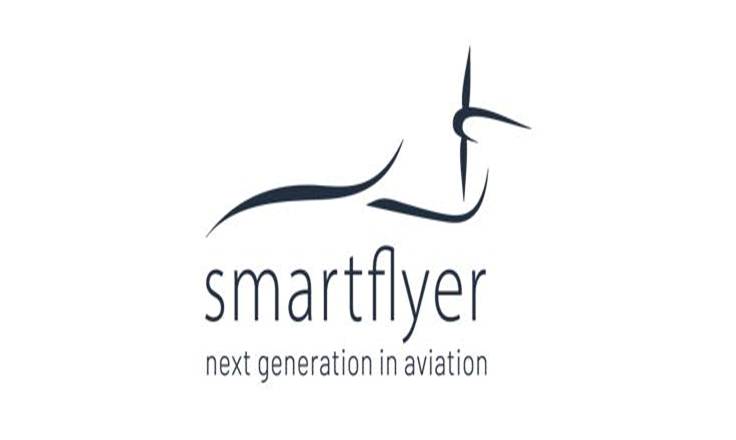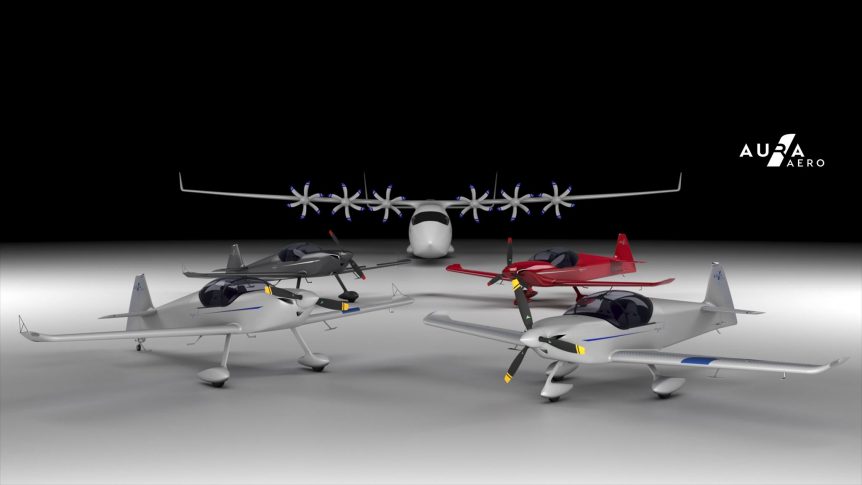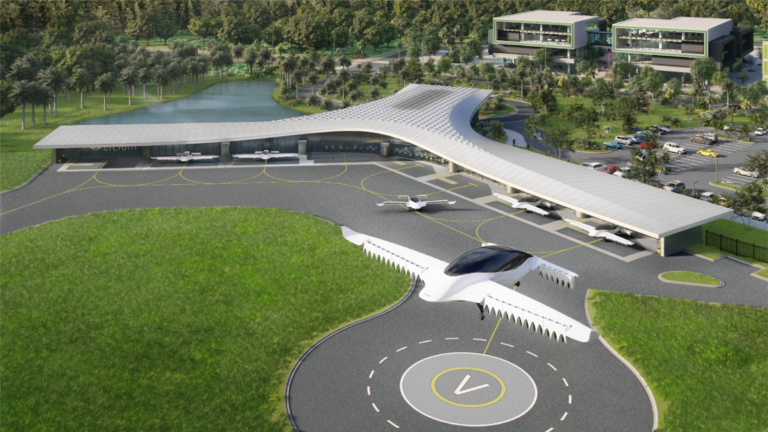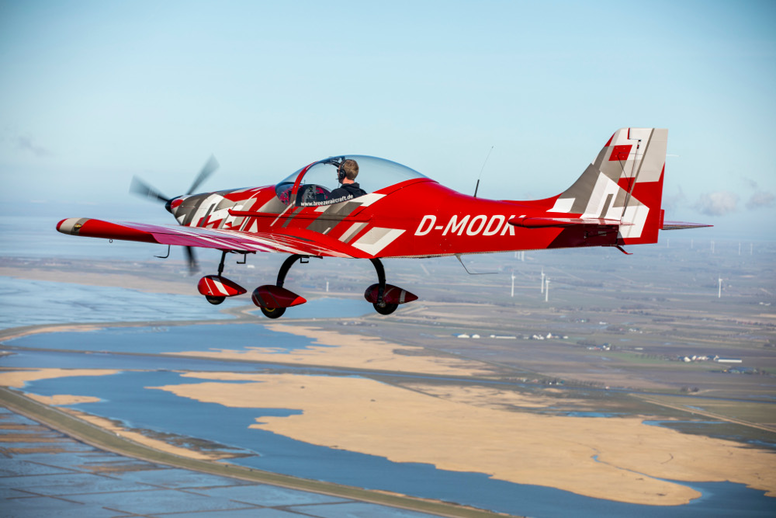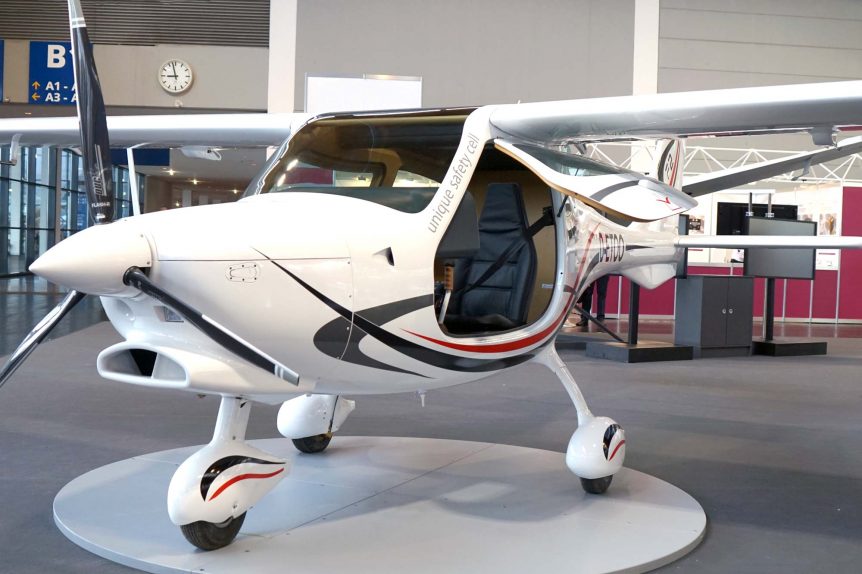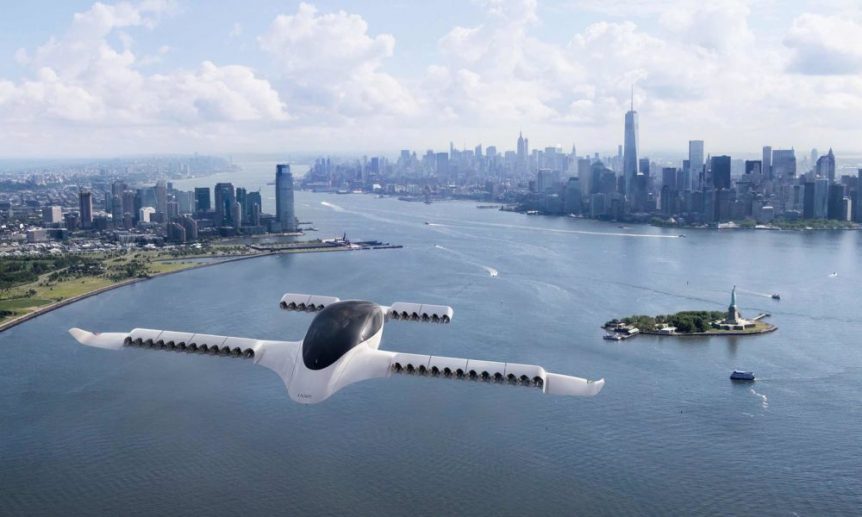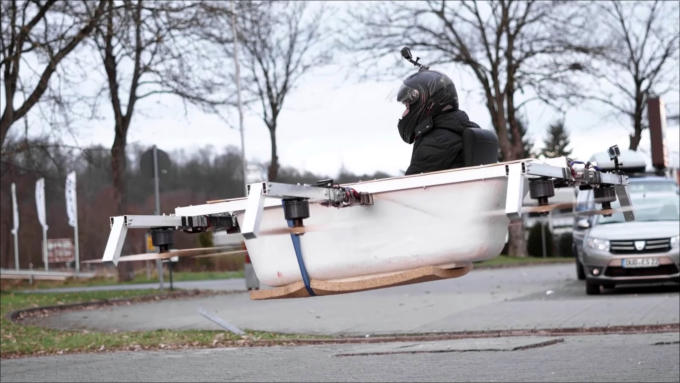Following its announcement of a range of battery packs last month, Wright Electric shares information about its one-megawatt motor powering an Embraer agricultural airplane. Teaming with Axter Aerospace, a Spanish firm with a history of providing backup electric power for otherwise conventionally powered aircraft; Wright helps make crop dusting a safer enterprise. This eight-year-old video shows Axter’s early efforts with a small Tecnam aircraft. (Note: you might want to turn on the closed captioning.) Low-level flying necessary for dusting or spraying crops requires utter reliability, so a proven turbine backed up by a high-power electric motor seems like an ideal combination for those circumstances. The combined power of 800 kilowatts (1,072 horsepower) allows carriage of a large payload, sufficient power to avoid obstacles, and redundancy to prevent sudden letdowns. The electric motor has been tested to 1.2 kilowatts (1,608 horsepower), so could provide adequate power even if the turbine failed. Failure of either power source is highly unlikely in any …
Smartflyer Moves, Along with Former Namesake Fly-in
Smartflyer is a four-passenger, proof-of-concept light aircraft that can fly on pure electric power, as a hybrid with an av-gas powered generator, or as a hydrogen-fuel-cell-driven airplane. It’s been under development for several years, but is moving production to Stelzach – just nearby. Likewise, the Smartflyer Challenge, an electric aircraft fly-in, is moving from Smartflyer’s Grenchen, Switzerland home to Bern, a much larger field about 20 miles south. The Smartflyer SFX1 Electric-Flight.eu reports, “The fuselage of the Smartflyer SFX1 is slowly taking shape.” Company founder Rolf Stuber OK’d production of the first carbon fiber reinforced plastic (CFRP) fuselage at Aerolite near Lucerne. In a rented hall of 500 square meters (5,382 square feet), the “ready-to-install” drivetrain, consisting of a well-tested Rotax 914 engine coupled to a YASA generator, workers will assemble the major components. The SFX1, due to fly next year, has the following specifications: Cruise Speed: 120 knots / 222 km/h (138 mph) Take off Power: 160 kilowatts (214.5 …
Two Wood Aircraft Leading to the Future
Two French manufacturers are reverting to bois et toile (wood and fabric) for ultra-modern aircraft. Both of their aircraft will be electrically powered, and both will use non-traditional approaches to construction. In the meantime, both have fairly traditional demonstration models. The French have done wonders with wooden aircraft from the very beginning of aviation. Santos Dumont built the petite Demoiselle with bamboo longerons, for instance, and Henri Mignet crafted his diminutive Pou du Ciel (flea of the sky, or flying flea) from available wood. After World War Two, Messrs Joly and Delemontez fashioned a small single-seater, the Jodel D-9, from wood and ply and powered it with converted VW Kubelwagen engines, Jeep-like German vehicles which littered scrap yards and former battlefields. Avions Mauboussin and Aura Aero use more modern power systems and vastly different approaches to bois and toile structures. Mauboussin Mauboussin goes back to prewar times with small aircraft that look as though they could have come from a …
Landing Zones for All Those eVTOLs (and eCSTOLs)
Siting and Building Considerations at the 2019 SAS As we see an inrush of capital to finance new electric Vertical Takeoff and Landing (eVTOL) machines and now electric Conventional Short Take Off and Landing (eCSTOL) machines, we are on the cusp of seeing newly envisioned landing zones for these machines. With the departure of Uber from the aerial scene, we probably won’t see the grandiose platforms the firm promoted. Your editor poked fun at these visions in his talk at the 2019 Sustainable Aviation Symposium at UC Berkeley, doubting that urban centers would welcome hundreds of arrivals and departures overhead day and night. Luckily, presenters who had worked on real-world re-imaginings of Uber’s grander vision helped talk your editor down. Byron Thurber, an ARUP architect, discussed “A Practical and Sustainable Transit Hub for Urban Air Mobility –the Uber Elevate Skyport.” Following LEEDS, or Leadership in Energy and Environmental Design criteria, the sustainable building would retrofit an existing parking garage at …
Hydrogen Instead of Batteries?
As battery makers worldwide strive to develop safe, high-energy-density cells, Breezer Aircraft, a German small-aircraft manufacturer, unveils plans to power one of its ultralights with a hydrogen fuel cell. Breezer’s B400-6, receiving 600kilogram certification by the DAeC (German Aero Club), is light enough to enable a small fuel-cell-motor combination to power it. Usually powered by the ubiquitous Rotax range of engine, an electric version will initially to be driven by batteries, and then powered by a hydrogen-fuel cell. eCap and Re-Fire eCap, a German company specializing in systems integration and installation for a diverse range of classic and modern vehicles, will work with Breezer on the first installations. eCap’s demonstrated ability to convert everything from an antique farm tractor and classic cars (including a DeLorean) to modern buses and delivery trucks shows their range. Employing state-of-the-art technology and techniques such as reverse engineering leads to 3D CAD models from which ECap develops prototypes. Perhaps most important, “eCap works completely independently of …
Bigger, Better, and Electric – Flight Design F2e
Electric Flight.eu reports on the new Flight Design F2e, a two-seater and first of an expanding range of aircraft that might even include hydrogen-powered craft. The smaller Flight Design CT has been flying for over 18 years, and over 2,000 have been sold, but typical of the small aircraft industry, Flight Design has been assimilated under a larger entity, Lift Air. Working with Siemens for the new craft’s motor and APUS* for assistance with design and certification, Flight Design has created a light sport aircraft that provides safety, comfort and good performance on either gasoline or electric power. While the gasoline-powered version will probably be held to LSA weights, the electric model will have a reported maximum weight of 1,100 kilograms (2,420 pounds). This comes from a probably substantial airframe that can be modified to carry four passengers, or batteries that will allow a promised two-to-three-hour endurance. (Even though this was reported in two sources, your editor has qualms about …
Lilium Elevates Five-Passenger Uber-Ready Vehicle
Uber Elevate, headed toward its third annual meeting in Washington, D. C., has established guidelines for what it wants to see flying in its service. Lilium, a German electric Vertical Takeoff and Landing maker, has flown a vehicle that seems to meet those guidelines. The web site, A New Domain.net, notes, “The authors of the Uber paper point out that the high-profile German concept, the Lilium, is a ‘push to extremely high levels of distribution while coupling the vertical lift in closely with the wing high-lift system.’ The concern here, however, is that such jet-lift approaches “will require substantially higher power for takeoff and landing, with greater challenges operating quietly within cities,” according to the Uber paper.” “From the looks of it, Lilium still looks awfully cool. Due in 2018, Lilium is an egg-shaped plane and oft noted as a key development by European Space Agency (ESA) reps. Capable of a top speed of 250mph and a range of 300 miles, it …
When You Wake Up Hungry – Fly to the Bakery!
Electric-Flight.eu reports on three Germans who made a bathtub fly – and used it to fetch pastries. As the website reports, “The Real Life Guys” are two Darmstadt students and one DB train attendant who shook up the media last week . They connected a bathtub with an aluminum scaffolding and six 9.6 [kilowatt] motors (€1 065 or about $1,191[each]) from the model building sector to 42-Volt batteries and blew it up.” “Blew it up” means lifting it skyward on the power of what look like six Hacker model airplane motors, capable of putting out 15 kilowatts (20.1 hp) each for 15 seconds. The 9.6 kW (12.9 hp) output cited in the Electric-Flight article seems realistic for sustained output, and the €1,050 price on Hacker’s website seems to confirm that this is the motor used. That such a device and the idea of actually hopping in and going for a dry run in the sky is daunting gives proof to …

